With the efforts of the localities and the attention and support of the Central Government, the socio -economic situation of the Central Highlands has had positive developments and changes. However, for this area to truly develop sustainably and for the people to become increasingly prosperous, more investment resources are needed.
Eliminate inferiority complex
After 10 years of implementing Directive 40, it has been affirmed that this is a practical, multi-dimensional policy with profound humanity, an economic tool for the State to regulate socio-economic activities for vulnerable and disadvantaged groups, contributing to the implementation of poverty reduction policies, ethnic policies, social security and new rural construction. For the specific characteristics of the Central Highlands region with a high proportion of ethnic minorities, accounting for about 35%, social credit capital has significantly changed people's awareness; they are no longer self-conscious and self-deprecating, but boldly borrow capital and apply new and effective economic methods and models. This capital source also helps solve basic and essential problems of life in ethnic minority areas, helping people gradually improve their quality of life, reduce diseases, illiteracy and social evils. Even more meaningful is that through the use of social credit capital, it has had a profound impact on people's awareness, helping ethnic minorities become confident, gradually improve their position in society and increasingly contribute positively to the development of the locality and society.
The implementation of Directive 40 in the Central Highlands provinces shows that, in order to effectively support the livelihoods of poor and near-poor households and policy beneficiaries, in addition to the policies and projects of the Central Government, localities need to focus on building and promulgating synchronously and promptly mechanisms, policies and specific projects to support production development, new rural construction, and poverty reduction in an integrated and synchronous manner with the policies of the Central Government and in accordance with the practical conditions of the locality. In the context of localities with many socio-economic difficulties and limited investment resources, in addition to the resources of the state budget, the mobilization and diversification of socialized resources to increase support for poverty reduction has been effective. Entrusted lending activities through socio -political organizations have truly mobilized the strength of the community and the whole society, helping to transfer social credit capital to the right beneficiaries in the fastest and most effective way.
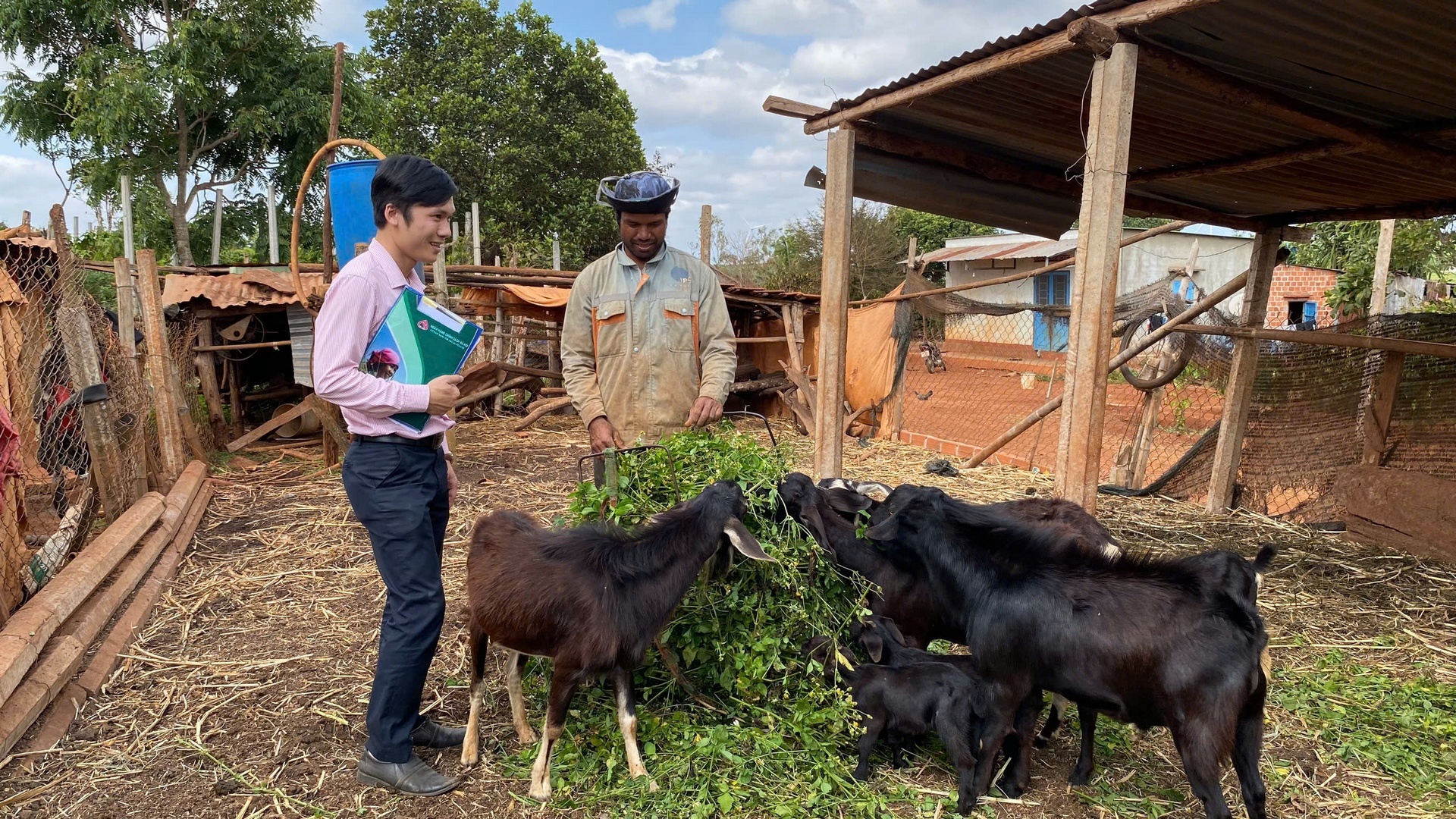 |
| Livestock model using social policy credit capital in Dak Doa district, Gia Lai province |
However, according to the assessment of localities, the mobilization of idle capital from local funds to increase resources for social credit activities is still limited, due to the mechanism of managing the operations of the funds; capital from local budgets transferred to the Social Policy Bank has not yet met the borrowing needs of local people, the main source of capital is allocated from the Central Government (the average rate of additional local capital in the Central Highlands region is 8.5%, while the whole country is 12%). Some programs have not met the actual borrowing needs of poor households and policy beneficiaries. In addition, the Loan Program for Households Producing and Doing Business in Difficult Areas is not suitable for actual needs because communes in Region I and communes that have become new rural areas no longer have access to policy credit sources (according to regulations in Article 3, Decision No. 861/QD-TTg dated June 4, 2021), so many households face difficulties in investing in production and business, easily leading to the risk of falling back into poverty...
More resources needed
Leaders of provinces in the Central Highlands region determined that, in order for the social credit capital to truly be a driving force for the poor, ethnic minorities and policy beneficiaries to rise up, localities will enhance the role and responsibility of leadership and direction of local Party committees, local authorities, and the Board of Directors of the Social Policy Bank at all levels, especially promoting the role of the Chairman of the People's Committee at the commune level in managing social policy credit activities at the grassroots level. Build and integrate models, programs and projects for socio-economic development and sustainable poverty reduction of the locality with the use of social policy credit capital. In addition, every year, in addition to the capital provided by the Central Government and capital mobilized from organizations and individuals in the market, social policy credit needs to supplement a large amount of entrusted capital from the local budget to ensure a stable source of capital, increasingly better meeting the borrowing needs of the poor and policy beneficiaries.
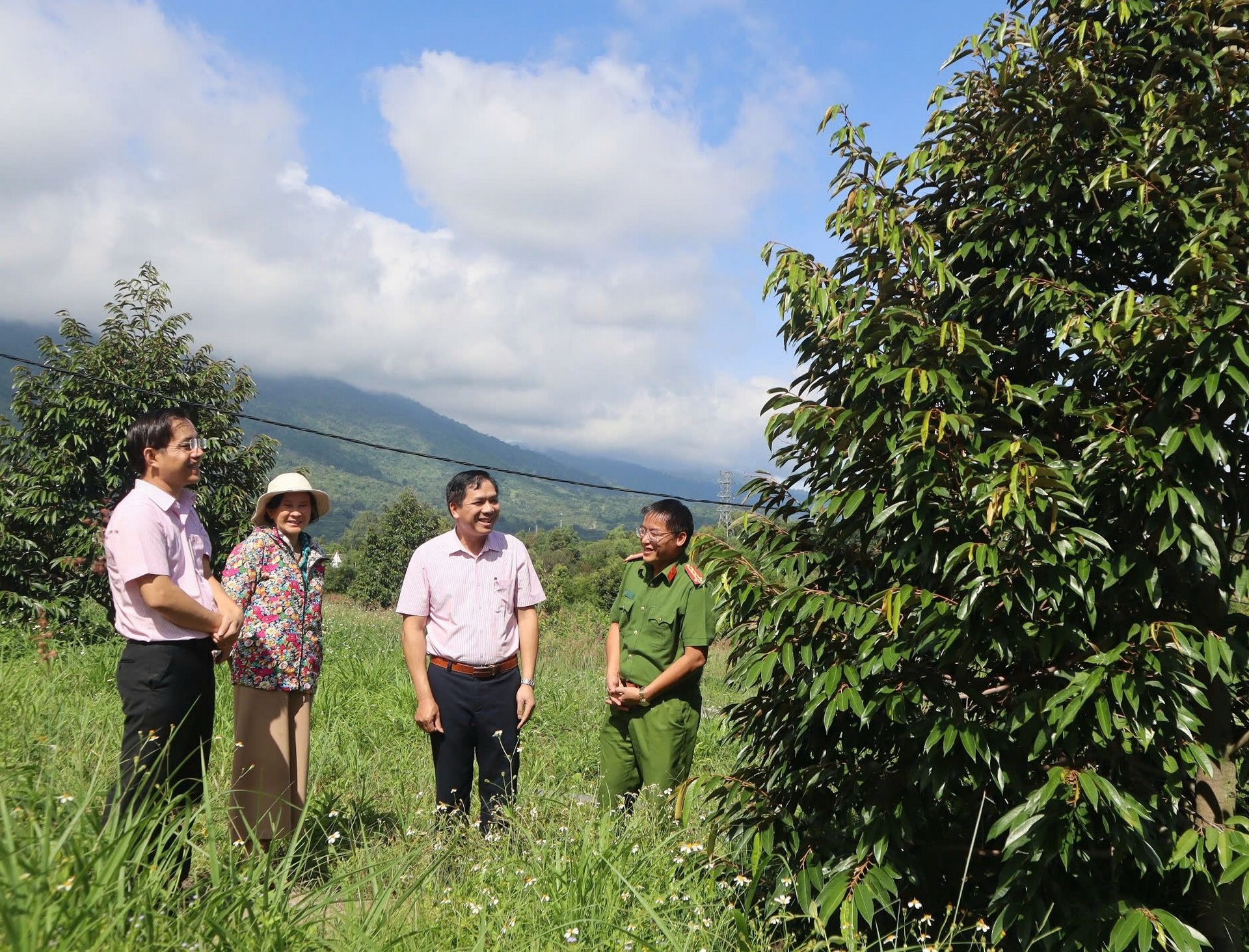 |
| The policy of lending money to people who have completed their prison sentences has helped many people who made mistakes in the Central Highlands villages to rebuild their lives. |
Resolution No. 111/2024/QH15 dated January 18, 2024 of the National Assembly on a number of specific mechanisms and policies to implement the National Target Programs, including clear mechanisms and policies on entrusting local budget capital through the Social Policy Bank system; Provincial and district People's Councils are allowed to decide on the allocation of local budget capital, including public investment capital and other development investment capital. This is a very favorable condition for localities to increase resources entrusted to the Social Policy Bank. For example, Dak Lak province is building a policy credit investment project for the poor and other policy subjects using local budget capital in Dak Lak province, period 2024-2025 and period 2026-2030", with capital of 1,755 billion VND, of which: provincial budget 953 billion VND accounting for 54.3% of total entrusted capital, district budget 802 billion VND accounting for 45.7% of total entrusted capital.
As for Lam Dong province, it is also determined to concentrate preferential credit capital sources from the state budget, charitable capital sources, support capital sources and other legal capital sources managed by the province into one focal point; at the same time, the Vietnam Fatherland Front Committee of the province and district levels need to consider and balance the use of a part of the capital source from the Fund for the Poor entrusted through the Bank for Social Policies to lend to other policy subjects.
At the conference summarizing 10 years of implementing Directive No. 40-CT/TW dated November 22, 2014 of the Secretariat on strengthening the Party's leadership over social policy credit, Prime Minister Pham Minh Chinh emphasized that in social policy credit work, it is necessary to focus on prioritizing capital sources for ethnic minorities in mountainous areas, especially difficult areas, remote areas, border areas, and islands. Specifically, expanding the scale of credit, increasing the scale of lending, increasing the lending subjects, especially the poor, ethnic minorities in mountainous areas, remote areas, disadvantaged people, people in especially difficult circumstances, and those affected, creating jobs, livelihoods and creating conditions for disadvantaged people to promote their endogenous strength, confidently rise up to escape poverty, move towards getting rich, and build a prosperous and happy life.
Provinces in the Central Highlands region believe that the Central Government needs to direct continued research, review, and re-evaluate all current poverty reduction policies, on that basis, determine which policies need to continue to be implemented, which policies need to be amended and supplemented, and which policies should be ended in the direction of streamlining policies and policy management. In addition, ministries and branches should review credit policies with low loan levels, limited and inappropriate conditions for loan subjects, and need to make appropriate adjustments so that credit policies become more and more effective, contributing to the successful implementation of national target programs and social security. For the Central Highlands as well as other regions with a large number of ethnic minorities, the Central Government needs to have specific credit mechanisms and policies for ethnic minorities and mountainous areas in terms of loan levels and loan terms. In this policy, loan capital for ethnic minorities must be prioritized, with lower loan interest rates than other subjects.
According to Mr. Dao Thai Hoa, Director of the Vietnam Bank for Social Policies, Dak Lak Branch, the Central Highlands is a region with many difficulties, the rate of poor and near-poor households is still high compared to the national average. Therefore, in order for localities to effectively implement national target programs on sustainable poverty reduction, new rural construction and socio-economic development in ethnic minority and mountainous areas, it is recommended that the Government and the Vietnam Bank for Social Policies continue to pay attention to allocating more preferential credit capital sources for this area.
Source: https://thoibaonganhang.vn/diem-tua-cho-nguoi-ngheo-noi-dai-ngan-tay-nguyen-bai-3-158825.html



![[Photo] President of the Cuban National Assembly visits President Ho Chi Minh's Mausoleum](https://vphoto.vietnam.vn/thumb/1200x675/vietnam/resource/IMAGE/2025/10/1/39f1142310fc4dae9e3de4fcc9ac2ed0)
![[Photo] Keep your warehouse safe in all situations](https://vphoto.vietnam.vn/thumb/1200x675/vietnam/resource/IMAGE/2025/10/1/3eb4eceafe68497989865e7faa4e4d0e)

![[Photo] Hanoi morning of October 1: Prolonged flooding, people wade to work](https://vphoto.vietnam.vn/thumb/1200x675/vietnam/resource/IMAGE/2025/10/1/189be28938e3493fa26b2938efa2059e)









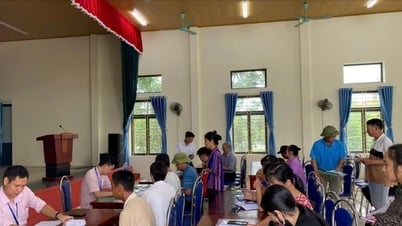

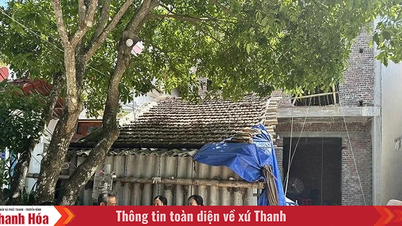

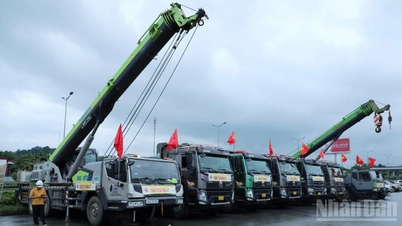

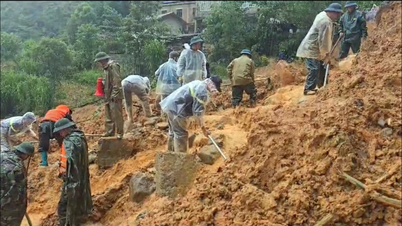
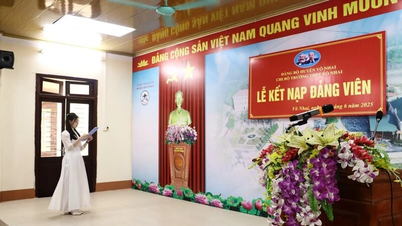
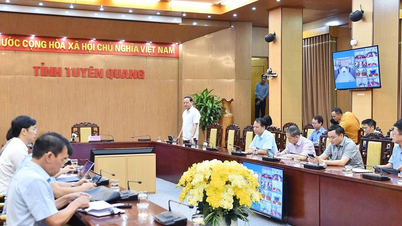
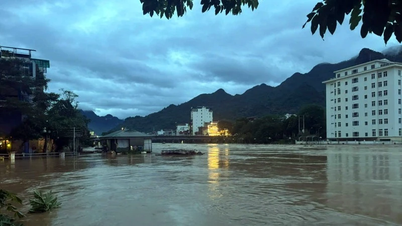
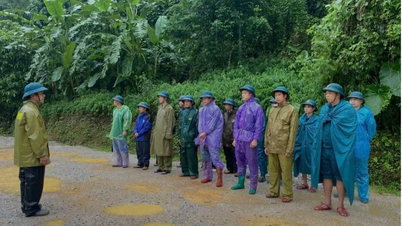
















































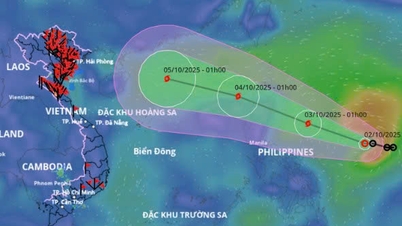

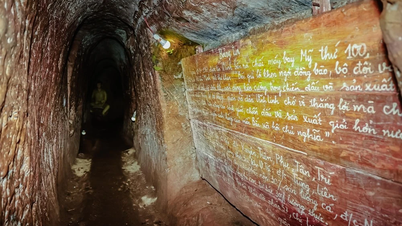

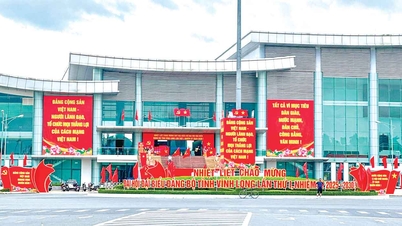
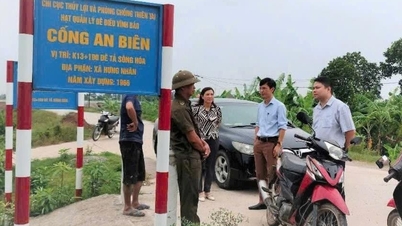
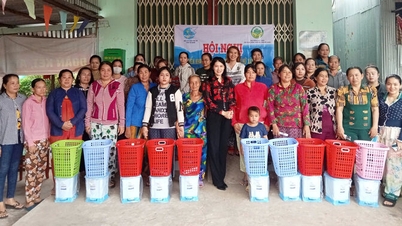

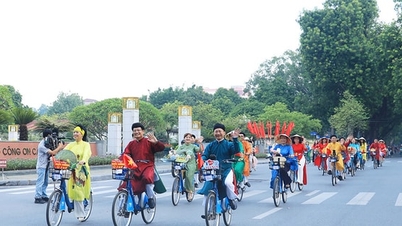














Comment (0)